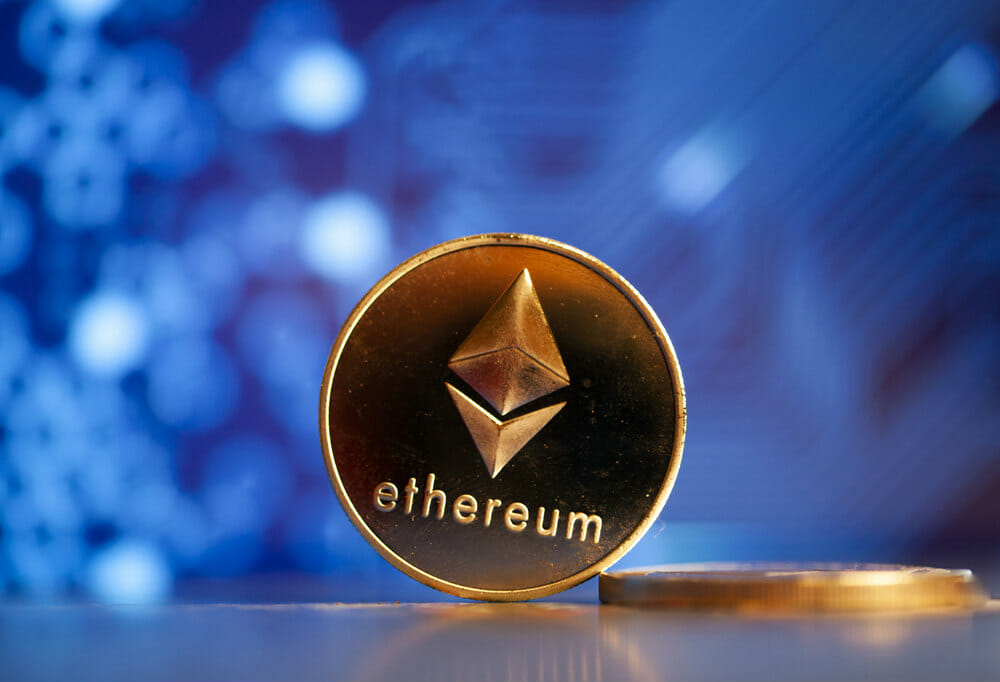Altair is the first update to Beacon Chain and the ultimate step leading to Ethereum’s full transition to a proof-of-stake (PoS) procedure.
The first Ethereum 2.0 update since the network got activated in December 2020 happened successfully this week.
As reported by various Ethereum developers through Twitter, the Altair update got successfully activated on Wednesday. This update is the first update to the Beacon Chain, the name given to the Ethereum 2.0 proof-of-stake (PoS) chain, since its release in December last year.
ETH 2.0 developers Preston Vanloon and Raul Jordan took to their personal Twitter accounts to let the community know that the update got completed.
Altair marks a significant step in Ethereum’s transition process from a proof-of-work (PoW) consensus procedure to one of PoS, and this may be the last update before the Ethereum mainnet merge.
Altair, and the Changes it Brings
The update intends to bring the Beacon Chain with lightweight customer support, minor patches for incentives, accounting for idle leaks by the validator. The update also increases the severity of the reduction and clean-ups for the accounting of validator rewards.
Paul Hauner is the current developer for Altair on Lighthouse, an implementation of ETH 2.0. He recently clarified to Cointelegraph that the update now brings at least two new changes.
99% of Nodes Got Updated
The Altair update came as a hard fork, and it caused all validators on the network to update to stay offline. Anyone working in a Beacon node or a validator must update the client version to the new standard, or they could risk getting caught in an incompatible chain.
Fortunately, it seems that many validators have updated successfully. According to information that came from the Beacon Chain, there are currently 248,553 active validators and just under 2,000 inactive validators.
Vanloon highlighted in a tweet that the share initially dropped to 93.3% during the first epoch after the update. However, that figure quickly raised to around 95% and has since risen to 98.7%. Hauner assured Cointelegraph that currently, almost all validators are on board.
Validators that are not updated could not participate in the new consensus mechanism and will also face the risk of removal and paying penalties.
According to Hausner, those validators who didn’t get updated need to update and then reboot their nodes. They would start validating again once their node approaches the Altair chain.
The Transition to PoS
The successful upgrade represents a vital step on the Ethereum project path and means that everything is going straight ahead for the transition to PoS. The final Ethereum 2.0 update, which will bypass the proof-of-work mechanism, might happen in February 2022.
Developer Ben Edgingtonhighlighted the importance of Altair in a blog post this month. He clarified that, representing the only Beacon Chain update before the merger, ensuring the 2022 schedule depended on the achievements of this step
By: Jenson Nuñez











